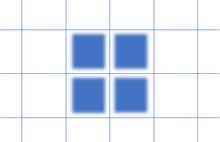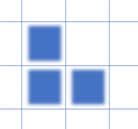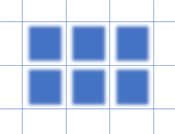A Perimeter Mental Routine
Waiting for a plane in Alice Springs and reflecting on the week at Ernabella in the APY Lands. First, congratulations to the teachers who work really hard to cater for the complexities of working with communities in remote places.
Victoria Cant and l were looking at the progress that her students had made with an introduction to perimeter and were wondering how to begin to connect perimeter and area. We began to play around with a possible mental routine. We knew we wanted to keep the numbers small and the thinking hard.
Small numbers, initially, means that everyone can buy in and that we can increase the complexity of the adaptive reasoning required. Here is the outcome of our thinking.
Target strategies
- using the vocabulary perimeter, sides, enclose, distance, length, area, regular/irregular shape, inside,
- understanding that perimeter is the distance around a shape,
- having strategies to work out perimeters of regular and irregular shapes,
- consolidating-visual images of centimetres,
- introducing area as the space inside a shape.
Resources
- Centimetre grid paper, plastic sleeve, markers, erasers.
Closed Questions
I have drawn a square with sides of 2cms. What does my square look like and what is its perimeter?
Expected answer:

I have drawn a rectangle that encloses 3 squares. What is its perimeter and what does it look like?
Expected answer:

I have made an L shape that has a perimeter of 8cms. What does it look like and how many squares does it enclose?
Expected answer:

I have made a rectangle with side lengths 1cm and 4cms. What does my rectangle look like and what is its perimeter?
Expected answer:

My rectangle has an area of 6 squares and a perimeter of 10cms. What does my rectangle look like?
Expected answer:

Open Questions
Note: By varying the quantities, you will increase the complexity substantially.
My shape has an area of 4/6/9 squares. What shape might it be and what might its perimeter be?
My shape has a perimeter of 8/10/12cms. What might it be and what might its area be?
My shape has 6/8 sides. What might it be and what might its area and perimeter be?
Flip Questions
This is a game-like situation where the students ask yes/no questions to find your shape, area and perimeter. In the first instance give a clue, such as:
I have made a regular shape (square, rectangle) with a perimeter less than 15 cms.
You can leave the clue out once the students are comfortable with the vocabulary that this mental routine is building.
Typical student questions will include:
- “Have you made a square?”
- “Does your shape have an area of less than 6 squares?”
- “Does your rectangle have a side length of 1cm?”
- “Does your rectangle have an even number of squares?”
- “Does your rectangle have a side length of 2cms?”
P.S. I’m hoping that Victoria is able to send us some feedback as to how the ideas here worked out in the classroom.
Also, if you want to know more about mental routines, check out our on-line course that steps you through developing Mental Routines yourself. You might like to check out the sample here.
